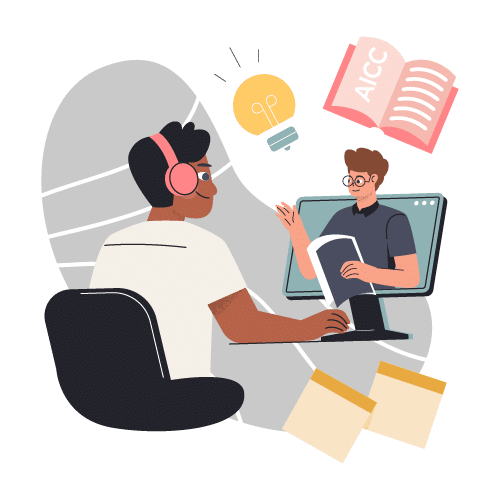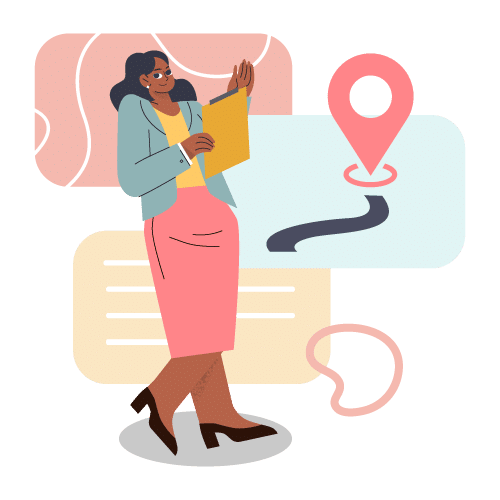For more information, check out our ebook here.
Selling is the lifeblood of every company, and the sales force drives revenues. In fact, they’re the only people in the organization who consistently add to the income statement’s top line. Everyone else detracts from it, so the more your team sells, the more potential profit your business will see. Selling relies heavily on soft skills, which people can learn. As decision makers begin to see results from soft-skills eLearning, we’ll see an increase in this type of training and a move away from weekly trainings disguised as motivational “meetings.”
Keep It Simple
Learning Solutions Magazine points out that it’s too easy to create eLearning monsters when designing training for soft skills Too often, companies end up with 30, 60 or 90-minute modules crammed full of important information that no one cares to watch. Sales people are generally motivated Type A’s. Behavioral psychology research says, “Keep it short and simple,” if you want them to absorb the information.
Reframe the Goal
The article urges designers to leave behind the panoramic view and zoom in on each concept, one at a time. “Instead of framing the goal broadly—’teach our salespeople to sell better’—let’s narrow our view to the individual skills and concepts that build sales competency.” Reframing narrowly sets up a fast-paced, engaging module instead of a never-ending eLearning session, and the sales team accrues a number of small wins over the series of modules.
Blended Approach
Role playing helps to build soft skills, and no amount of eLearning can replace face-to-face practice with instantaneous feedback. While eLearning can replace some of the routine sales meetings, a blended approach curbs expenses and allows salespeople to learn during downtime, it also allows sales teams to allocate more of their time to what they do best—adding revenue to the bottom line through selling.





